In Pepper Grinder, you play as a young girl, Pepper, who washes up on the shores of a fantastical land and is promptly robbed by pirate monsters, abandoned with nothing but the clothes on her back—well, that and a massive hand drill the pirates conveniently left behind.
As you’re traveling about the 2D island looking to reclaim your treasure, you wield your drill, Grinder, as both a weapon and a way to traverse the pixelated world of sandy beaches, lava-filled tunnels, and icy mountaintops. The game is broken into multiple stages, or biomes, each with five levels and a boss you’ll need to slay before you can progress. With only a few key gameplay buttons, you’ll launch yourself in and out of your surroundings, battle numerous enemies, and speed your way to sweet, sweet vengeance. Sounds simple enough, right?
But as any hardened Celeste veteran or Hollow Knight fan will know, the best games in the platformer genre are never that easy. In fact, any title looking to claim a spot next to the classics needs to boast a level of difficulty or unique spin on the genre’s core gameplay; platformers wouldn’t be fun if all you had to do was jump from ledge to ledge, after all.
Luckily for any platformer fan looking for that next big hit, Pepper Grinder offers players so much more than simplistic gameplay, despite centering around an incredibly simple mechanic. From smooth and intuitive gameplay and a satisfying collectible system, to gorgeous graphics and an absolute banger of a soundtrack, Ahr Ech’s new 2D side-scroller is sure to engross longtime fans of the platformer genre.
Traversing a gorgeous world with an imperfect story
Pepper Grinder’s key gameplay loop lies in the drill and its ability to tunnel through terrain. Anyone who has played Ori and the Will of the Wisps will immediately recognize the mechanic as Ori’s Burrow ability, which allows you to dig your way through sand. Pepper Grinder heavily takes inspiration from this concept but builds on it magnificently. Ahr Ech has boosted travel speed, demanding more precision from players, and added various interactions to keep the gameplay fresh.
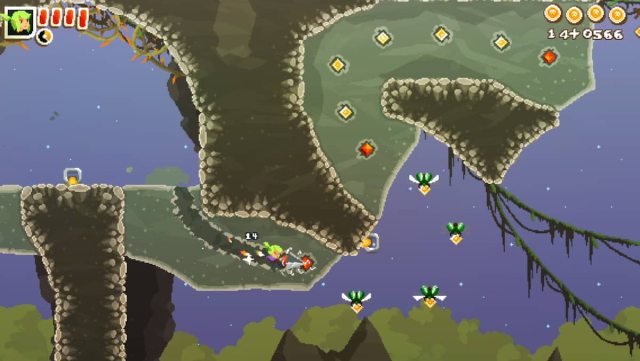
Throughout the game, the function of the drill evolves with new objects that appear in the island’s different biomes. You’ll gain access to a hand cannon, grapple, and snowmobile, among others, all of which introduce new ways for players to battle foes and traverse the environment—although you’ll still be holding the drill button for most of the game. Grapples, as an example, pull you toward rings, and, when combined with the tunneling ability, launch you across the map. Snowmobiles, which replace your drill’s burrowing ability, send you flying toward enemies in an epic jousting match.
Although some of these items carry over into future biomes or stages, most of these mechanics are tied to specific environments; you might learn a new skill only for it to never see screen time again. Although Pepper Grinder continuously builds towards the final fight with the pirate queen who stole your gold through its biome progression, the game could do a better job of making it feel as though you’re strengthening your capabilities alongside the main protagonist by giving you an arsenal of tools you have continued access to throughout your journey.
When you do reach your journey’s end, you may be surprised by who you find, but it most certainly won’t be who you expect based on the trajectory of the game’s narrative. Pepper Grinder struggles with its lack of narrative focus; there’s little if no dialogue, meaning any and all story elements need to be told through world progression or tiny, pixelated gestures—a tall task for a three-to-six-hour game. I wouldn’t have even known the protagonist’s name in Pepper Grinder had it not been for the game’s Steam store page. The game never mentions it, nor does it ever explain who Pepper is or why she’s shipwrecked (once again, thanks Steam!).
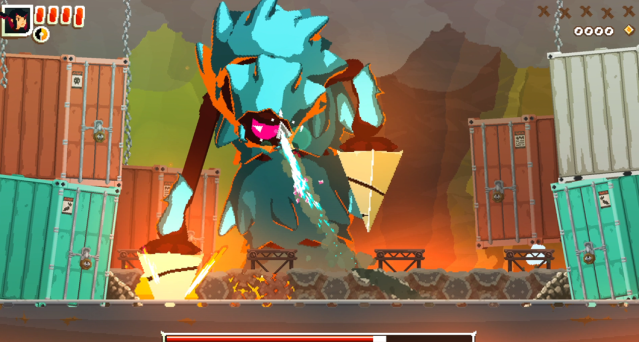
Celeste and Ori and the Blind Forest are heralded as two of the greatest platformers of all time for their gameplay, but even more so for their gripping storylines that explore themes of self-acceptance and heart-wrenching loss. Had Pepper Grinder placed more emphasis on its narrative than just its core gameplay loop, it could’ve shouldered its way into the list of best platformers. Pepper Grinder’s lack of narrative focus doesn’t necessarily detract from its gameplay—and some might even enjoy the tamer, less depressing themes—but it keeps the game from being one of the cultural phenomenons that new entries in the genre will always be compared to.
The cherries—or pepper flakes—on top
Once you’ve cleared a level, you can run through it again in a race against the clock. Besting required times will grant you rewards and is a must for those wanting to 100-percent complete the game. I’m typically not a fan of timed events on platformers, but it’s a nice addition for players who desire that extra challenge or simply want to see how fast they can go.
You’ll get stickers—collectible images resembling Pepper Grinder’s main characters, items, and enemies—for beating the clock. These stickers can be arranged on sticker pages, backgrounds resembling level designs, allowing you to create your own scenario in the game’s fantastical world. It serves no purpose outside of a bit of aesthetic fun and perhaps a way to unwind from the high-paced gameplay, but creative players may get a short-term kick from arranging pirate monsters and doofy moles atop a grassy battlefield.
The biggest sell of this game was its collectible coin system. Each level has five coins hidden in nooks and crannies that you can collect and then later use to spend on sticker pages or cosmetics. Some coins are more challenging to find than others, but none are so strategically hidden that you’ll need to run through a level more than a couple of times to find them. When you pick up a coin, the game logs it on your progress bar in the order it appears in the level, helping guide players who may not want to spend ages backtracking.
The coins you collect can be used to purchase new hair colors and cloaks, and there are a surprising number of them in the game. You’re free to change up your look at any time between maps, but it makes little difference in the long run.
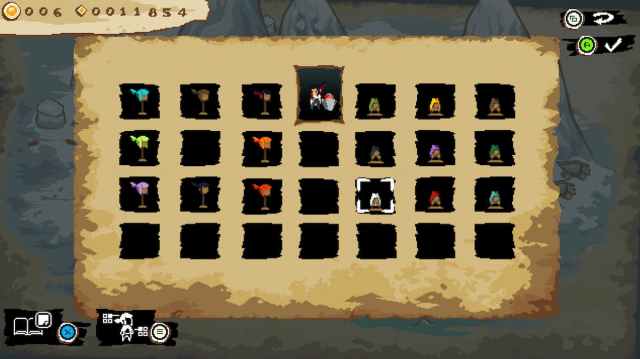
These customization and collection systems are merely small touches in the grand scheme of things, but they speak volumes to the amount of care and attention to detail the developers put in.
Would you like some ground pepper on your gameplay?
At just $14.99 on Steam and the Nintendo Switch’s eShop, it’s tough not to recommend Pepper Grinder. Depending on your playstyle, the platformer clocks in between three to six hours—and although it may be short, every minute is entrancing.
If you do run each level back for that new personal best, though, be sure to make those minutes count.
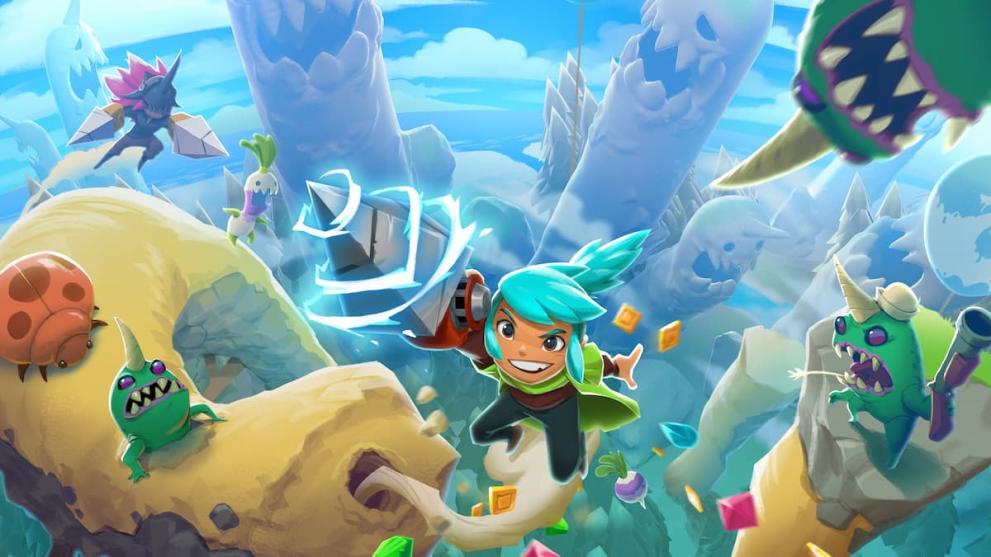
- Charming soundtrack and art style
- Smooth and intuitive gameplay that builds on a single mechanic
- A collectibles system that’s not too challenging
- Plenty on offer for players who like different playstyles
- Much of its input is holding a single button
- Suffers from a lack of story and well-written characters


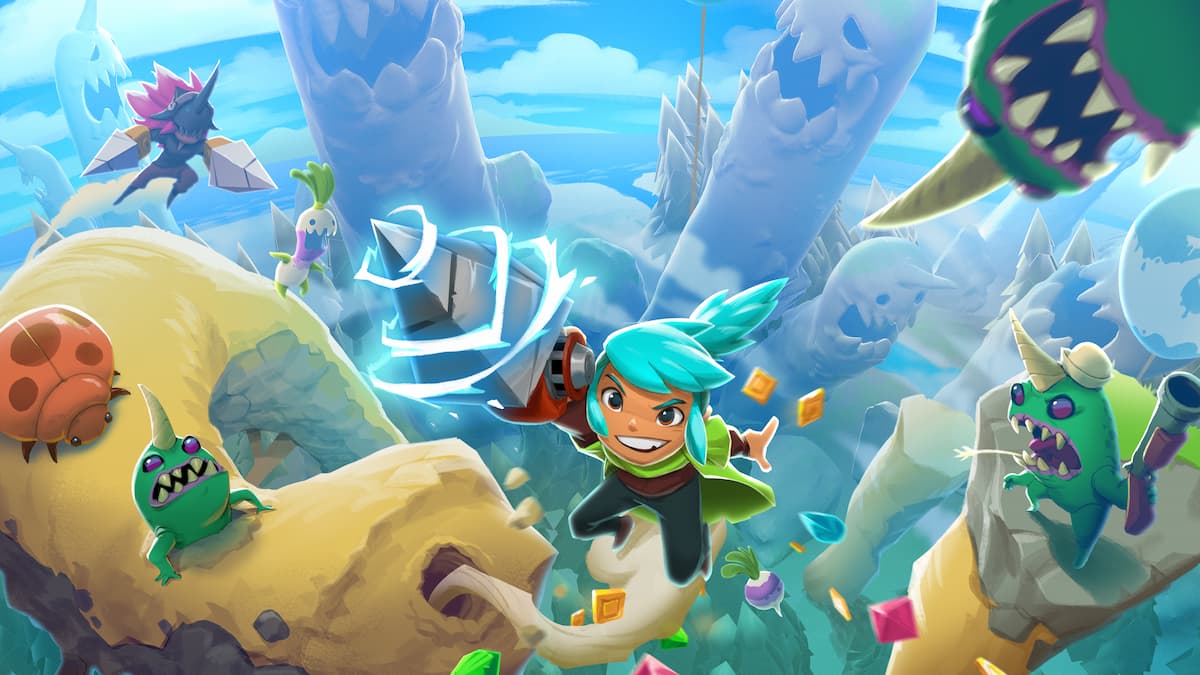
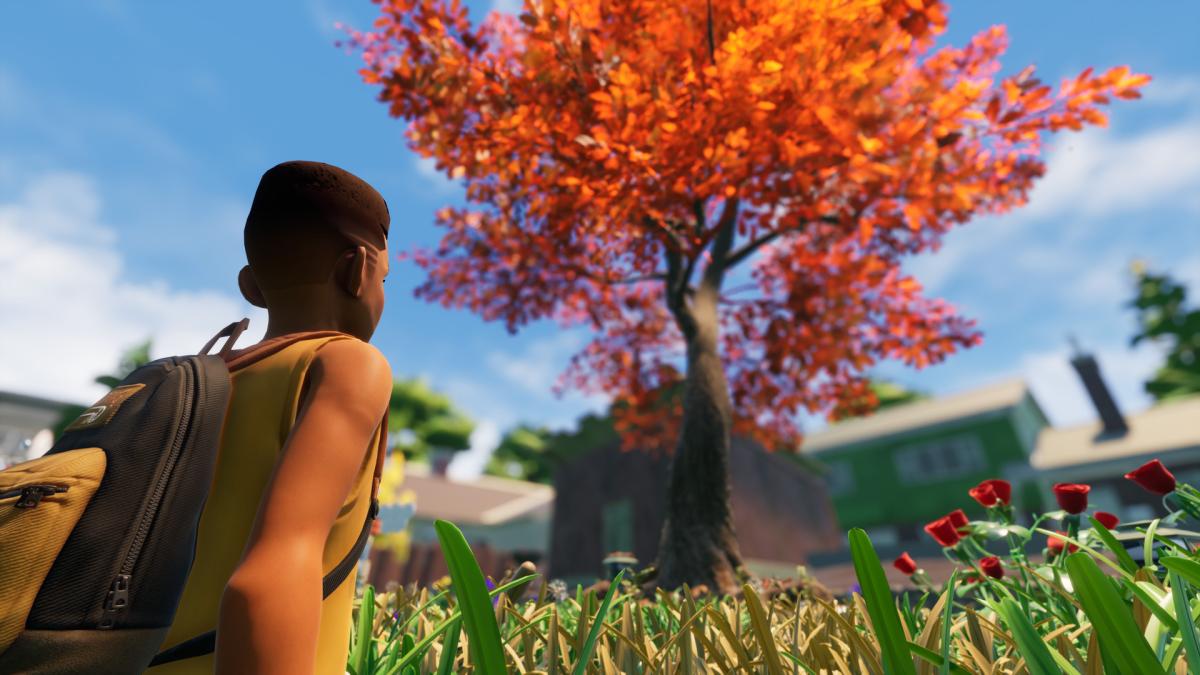
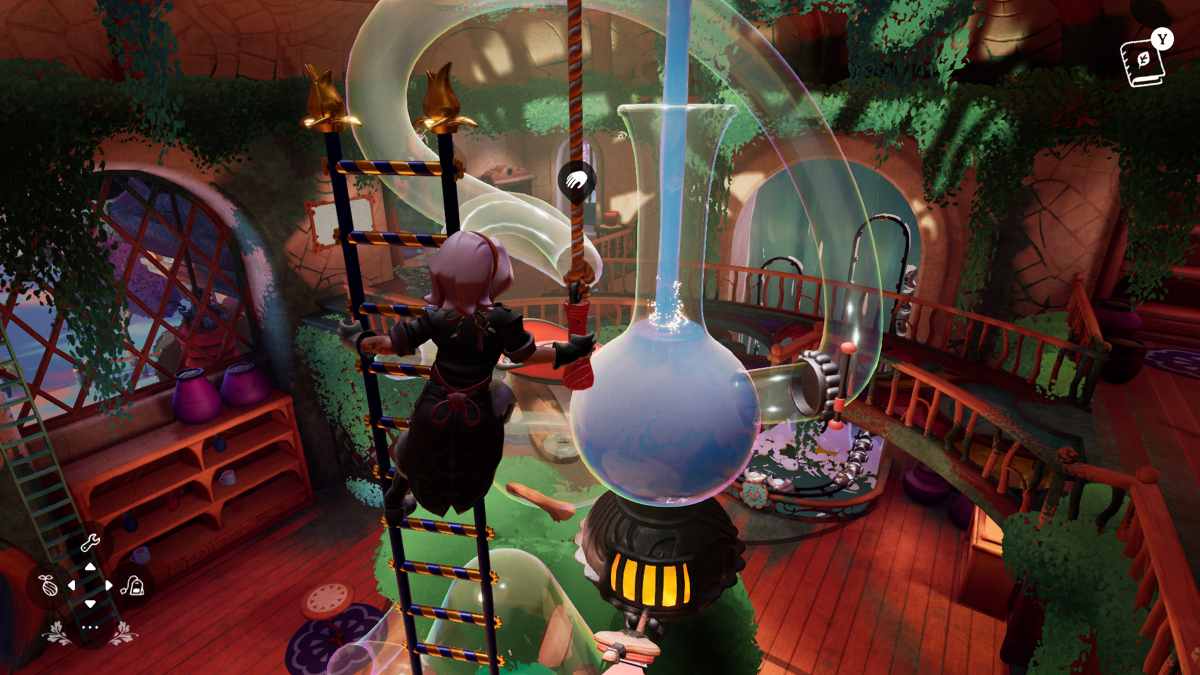
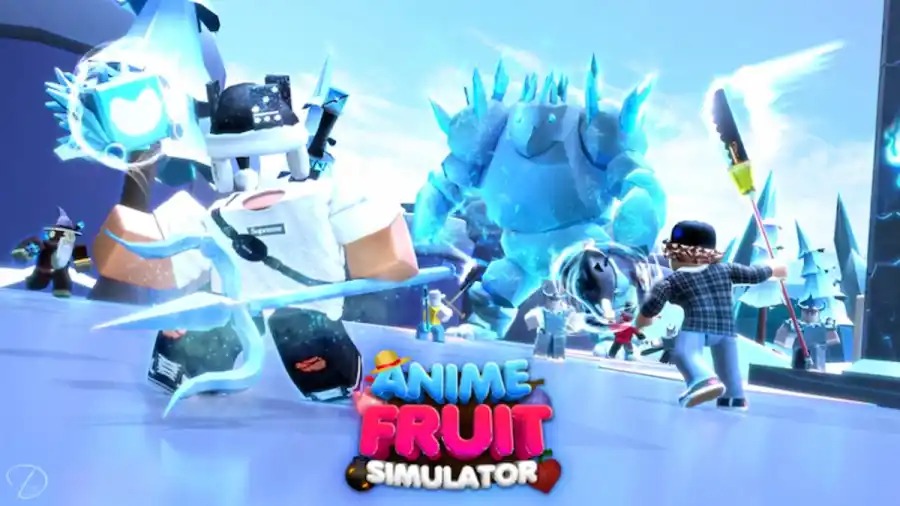
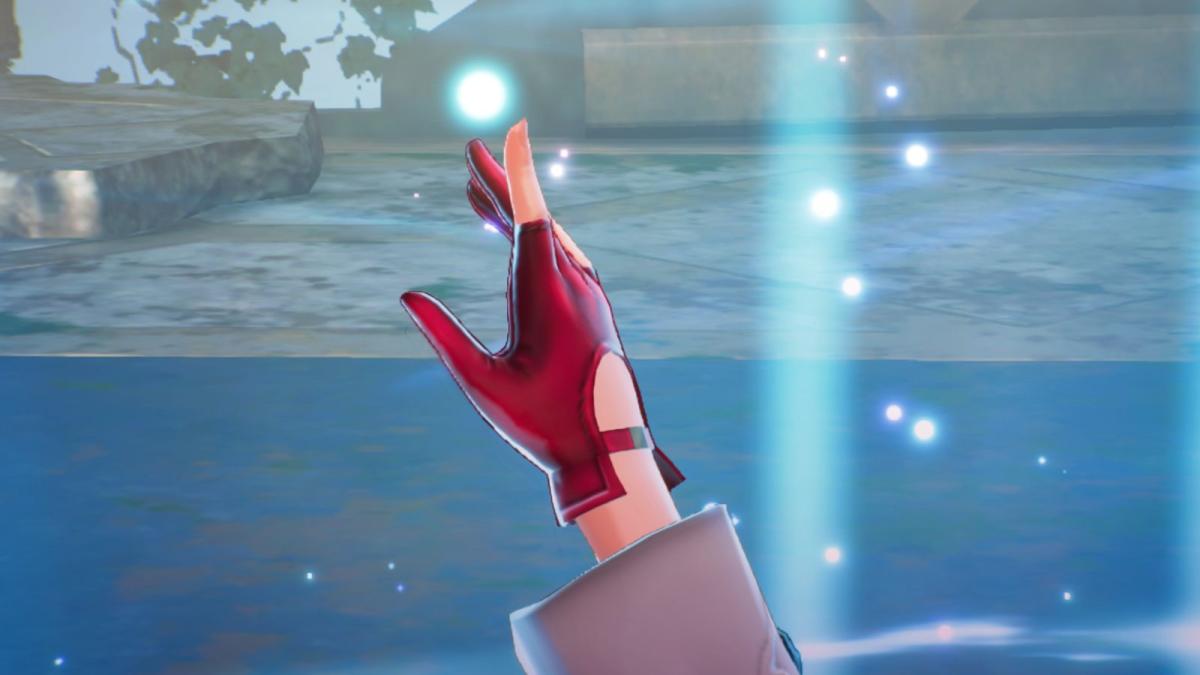
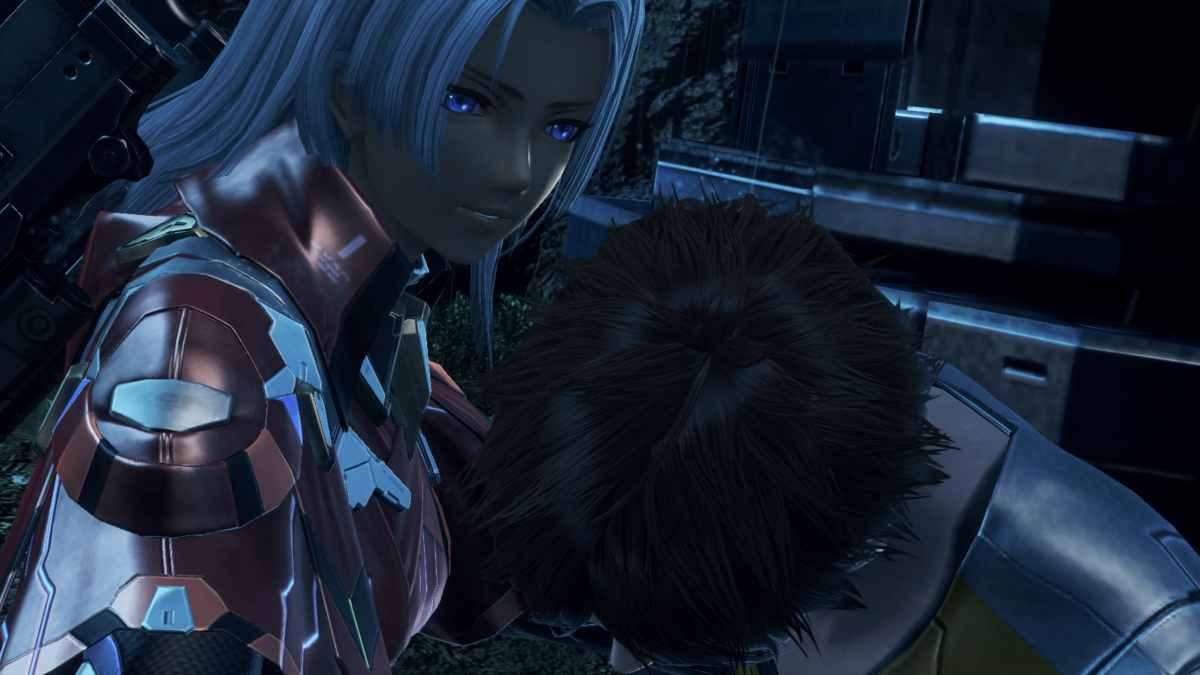
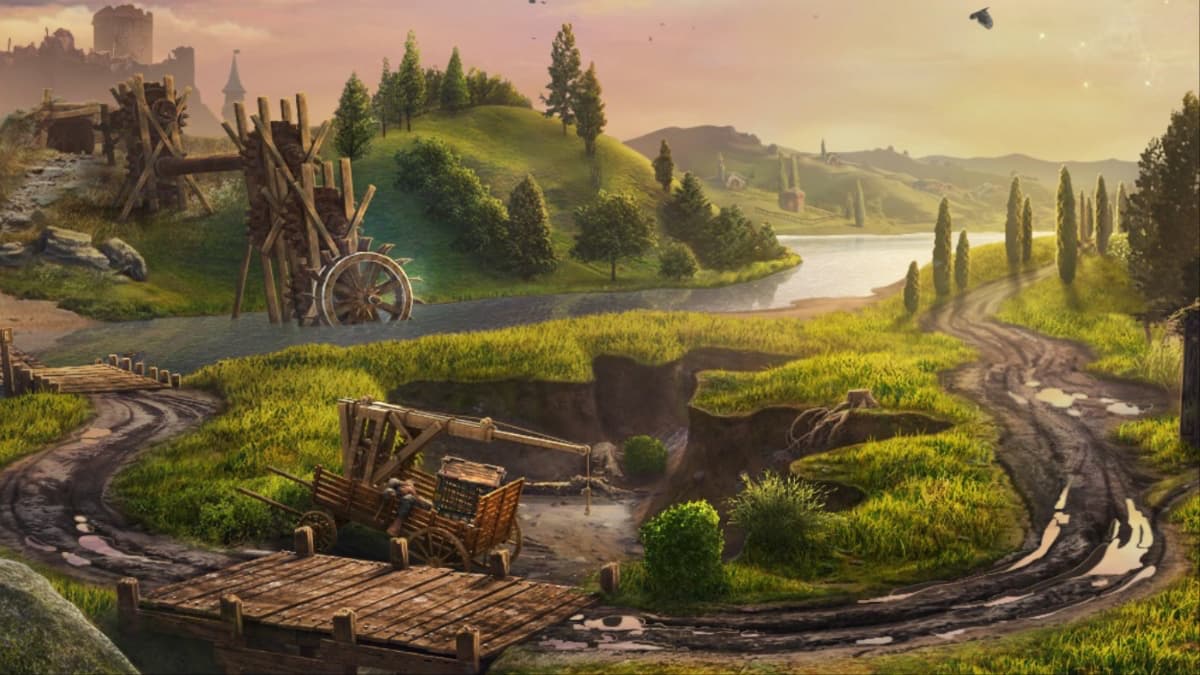
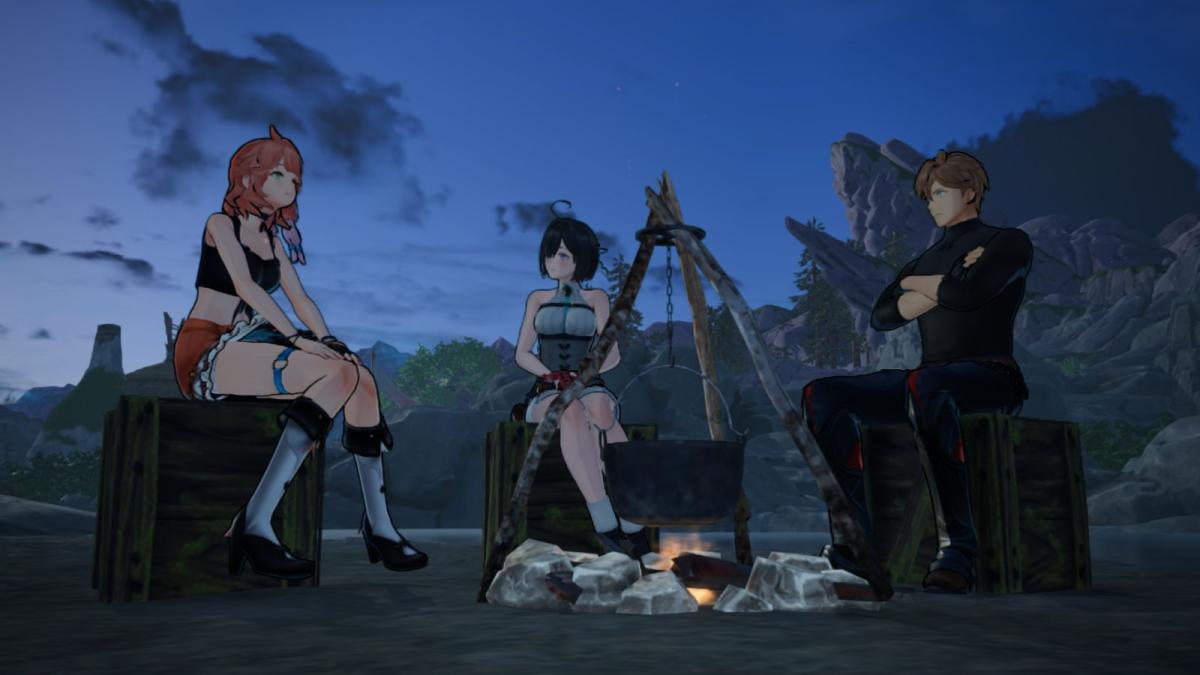
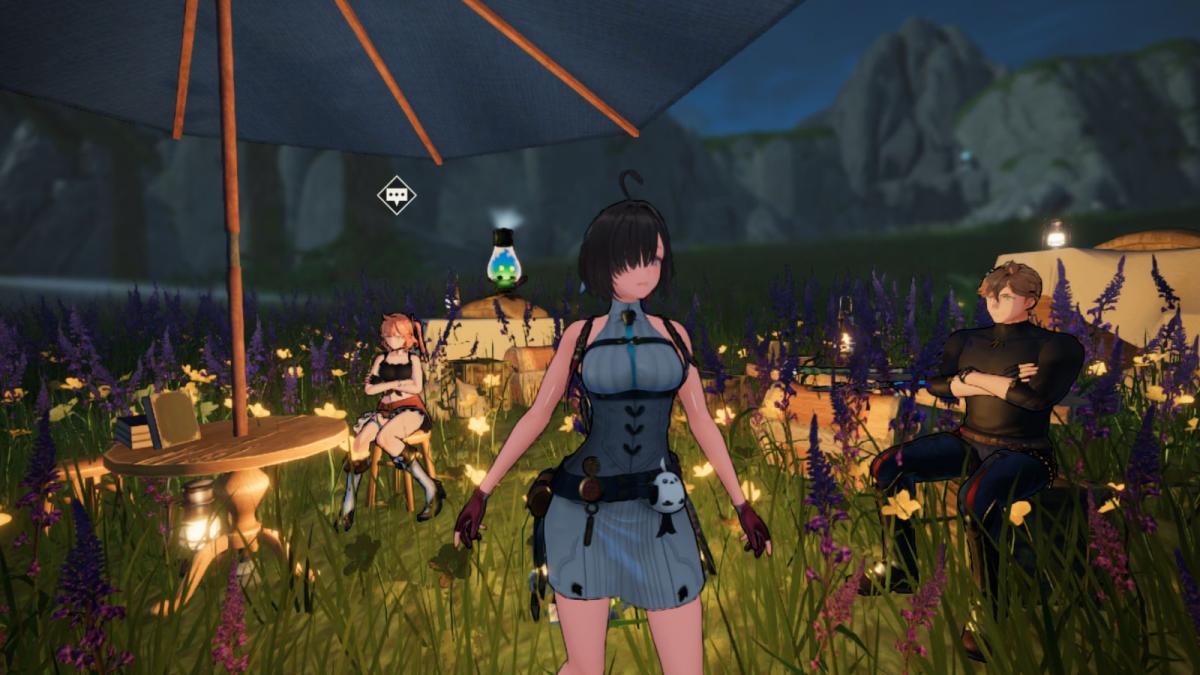


Published: Apr 9, 2024 10:21 pm